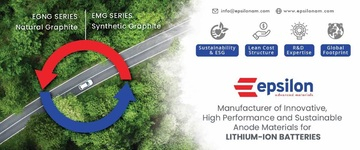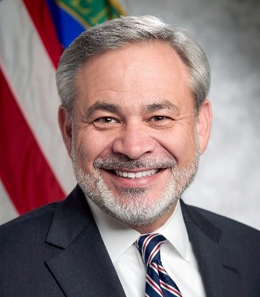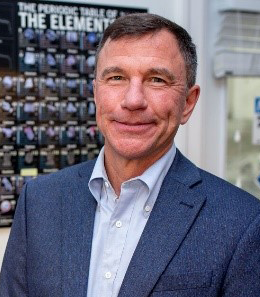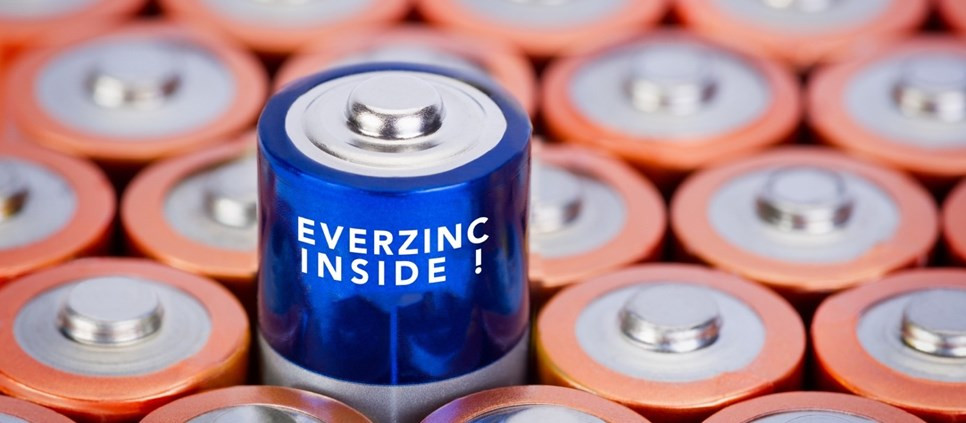US grand challenge to accelerate energy storage development
U.S. Department of Energy (U.S. DOE) nominates Group 14 Technologies as a winner of the Energy Storage Grand Challenge 2020. The company will receive $3.96 million to integrate best-in-class synergistic technologies, delivering batteries that will meet the performance objectives for future EVs.
Group14 - a provider of silicon-carbon composite materials for global lithium-ion (Li-ion) markets - along with its project partner Cabot Corp, was nominated for its innovative approach designed to deliver a cost-effective, application-specific performance range across diverse markets, including EVs, consumer electronics, medical devices, and aerospace. They will work together with Farasis, Silatronix, Arkema, and Pacific Northwest National Laboratories to commercialize this novel approach to meet the demand for higher-performance batteries.
"Today, we are in the midst of a global movement toward the electrification of everything, from tiny medical devices and electronics to every possible flavor of transportation, including light and medium personal vehicles, heavy-duty transit, and beyond. The lynchpin in that global megatrend is Li-ion storage that is flexible enough to deliver reliable, high-quality performance as we pursue an electrified future," says Rick Luebbe, Co-founder, and CEO - Group14 Technologies.
Group14 shares the DOE's vision to increase the energy density, calendar life, and cycle life of Li-ion batteries and is pleased that their innovative approach has been recognized. "Globally, we have seen an increase in demand for longer-lasting, higher-performance Li-ion-powered devices and vehicles, and with this funding, we are shaping the leading edge of what is possible," Mr. Luebbe added.
"We are pleased to play a key role in this project by capitalizing on our breadth and depth of experience in energy materials while leveraging our broad range of carbons to improve the performance of Li-ion batteries," said Shen Yi, Vice tuned to the ideal electrochemical properties per given use case.
DOE invested in energy storage R&D to motivate significant technology progress, enhancing U.S. competitiveness in global markets. Through an array of program offices that supervise energy storage research and development (R&D), DOE has stirred significant progress in energy storage over the past several decades.In the last three years (FY17-19), DOE has capitalized over $1.2 billion into energy storage R&D, or $400 million per year, on average instituting an agency-wide, long-term strategy to address energy storage.
While R&D is the foundation of advancing energy storage technologies, the DOE recognizes that global leadership also requires addressing associated challenges.
"Energy storage is key to capturing the full value of our diverse energy resources," expressed Secretary Brouillette, "Through this grand challenge, we will deploy the department's extensive resources and expertise to address the technology development, commercialization, manufacturing, valuation, and workforce challenges to position the U.S. for global leadership in the energy storage technologies of the future."
"We are pleased to play a key role in this project by capitalizing on our breadth and depth of experience in energy materials while leveraging our broad range of carbons to improve the performance of Li-ion batteries."
"Group14 shares the DOE's vision to increase the energy density, calendar life, and cycle life of Li-ion batteries and we are pleased with the recognition for our innovative approach to a long-time challenge."
"We are pleased to play a key role in this project by capitalizing on our breadth and depth of experience in energy materials while leveraging our broad range of carbons to improve the performance of Li-ion batteries."
Energy Storage Grand Challenge (ESGC) 2030 Roadmap
The vision for the ESGC 2030 is to generate and sustain U.S. global leadership in energy storage utilization and exports, with a secure domestic manufacturing base and supply chain that is independent of foreign cradles of critical materials. The Draft Roadmap provides planned activities for each of the five ESGC tracks:
• Technology development: Establish ambitious, achievable performance goals, and a comprehensive R&D portfolio to achieve them
• Technology transfer: Accelerate the technology pipeline from research to system design to private sector adoption through rigorous system evaluation, performance validation, siting tools, and targeted collaborations
• Policy and valuation: Develop best-in-class models, data, and analysis to inform the most effective value proposition and use cases for storage technologies
• Manufacturing and supply chain: Design new technologies to strengthen U.S. manufacturing and recyclability, and to reduce dependence on foreign sources of critical materials
• Workforce: Train the next generation of American workers to meet the needs of the 21st-century electric grid and energy storage value chain
Additionally, the draft roadmap identifies six use cases derived from high-level energy or infrastructure goals of communities, businesses, and regions, which will be translated into a set of technology-neutral functional requirements. The ESGC use-case topics include facilitating an evolving grid, serving remote communities, electrified mobility, interdependent network infrastructure, critical services, and facility flexibility, efficiency, and value enhancement. These broad specifications will help identify new and augmented research and development paths for a portfolio of energy storage and flexibility technologies that meet emerging needs.
The draft roadmap focuses on three key challenges, to ensure that the U.S. sustains global leadership in energy storage:
• Innovate here – How can DOE enable the U.S. to lead in energy storage R&D and retain IP developed through DOE investment in the United States?
• Make here – How can DOE work to lower the cost and energy impact of manufacturing existing technologies, and strengthen domestic supply chains by reducing dependence on foreign sources of materials and components
• Deploy everywhere – How can DOE work with relevant stakeholders to develop technologies that meet domestic usage needs and enable the U.S. to not only successfully deploy technologies in domestic markets, but also export technologies?
























